Understanding the Egg-Laying Process of Chickens

Welcome to our deep dive into the fascinating world of chickens and their egg-laying process. This guide will explore various aspects of a hen's life, from the start of egg production to the peculiarities of egg characteristics.
The Start of Egg Laying Female chickens, known as pullets, begin laying eggs typically around 20 weeks old. The frequency of egg-laying varies by breed, with some laying daily and others less frequently. Factors like physical anomalies may prevent some hens from laying eggs at all.
Factors Influencing Egg Production Egg-laying patterns can be disrupted by molting, changes in daylight, temperatures, illness, and other stresses. However, once these issues are resolved, hens usually resume regular laying. Most hens lay efficiently for about two years, though some may continue for longer.
The Egg-Laying Process Explained Hens are born with undeveloped yolks, or ova. Upon maturity, an ovum is released, starting the egg development process. It takes about 25 hours for an egg to be laid after ovulation. The process includes the formation of the yolk, albumen, membrane, and shell.
Fertilization and Embryo Development If fertilized, the embryo uses the yolk for nourishment while the albumen provides cushioning. Despite a single external opening, the cloaca, eggs remain uncontaminated due to the separation of reproductive and elimination channels.
Egg Laying Patterns and Challenges Hens typically lay eggs with about a 25-hour interval. The production of eggshells depletes calcium, affecting the hen's physical appearance. Pullet eggs may be irregular at first, with older hens also producing abnormal eggs due to various factors.
Unique Egg Phenomena The world of chicken eggs is filled with curiosities like "fart eggs," shell-less eggs, "egg in an egg," double yolkers, and yolkless eggs. These phenomena showcase the complexity of the egg-laying process.
Egg Characteristics Egg size, shell texture, and color vary based on the hen's breed, age, and weight. Shell color is breed-specific, but all eggs are similar inside, regardless of the shell color.
Egg-Laying Behavior Hens often prefer the same nest box as their flockmates and may lay in a communal manner. The "egg song" is a common vocalization associated with laying. Free-range hens may lay in various outdoor spots, and feeding chickens eggs or eggshells can be beneficial for their nutrition.
Role of Roosters In a chicken coop, a rooster's primary role is fertilization. Roosters also protect and assist the hens but do not guarantee that all eggs will be fertilized.
Brooding and Hatching Broody hens can hatch and rear chicks from different breeds. Marking eggs can help manage a broody hen's clutch. Not all fertilized eggs develop into embryos, and various factors can affect this process.
Egg Culinary Characteristics Eggs contain a yolk, albumen, and chalazae for stabilization. The blastoderm indicates fertilization status. Yolk color varies with diet, and occasional blood spots are harmless. Eggs have a natural protective coating and should not be washed until use. The freshness of eggs can be tested with a water submersion method.
No comments


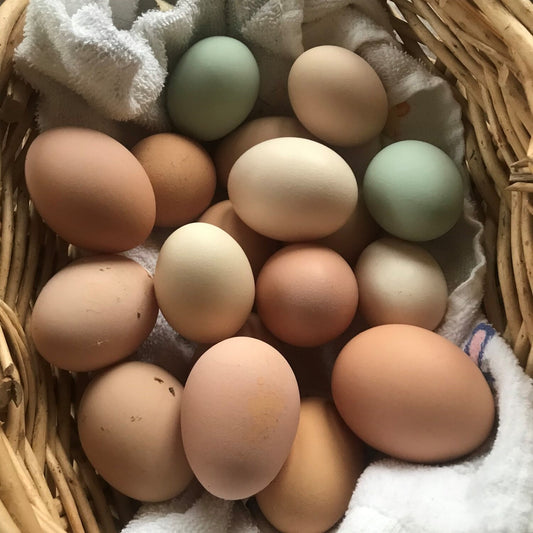
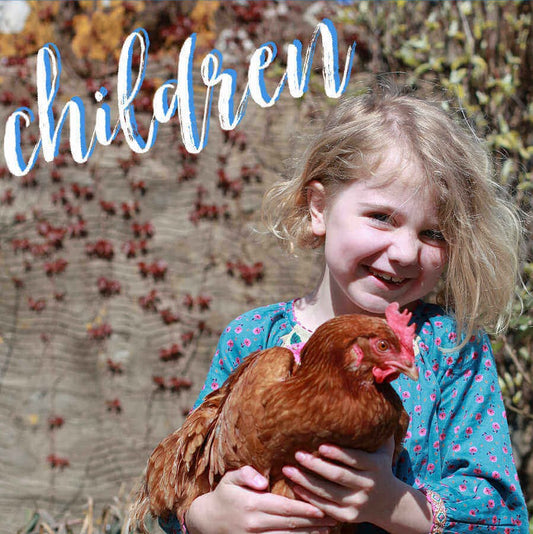
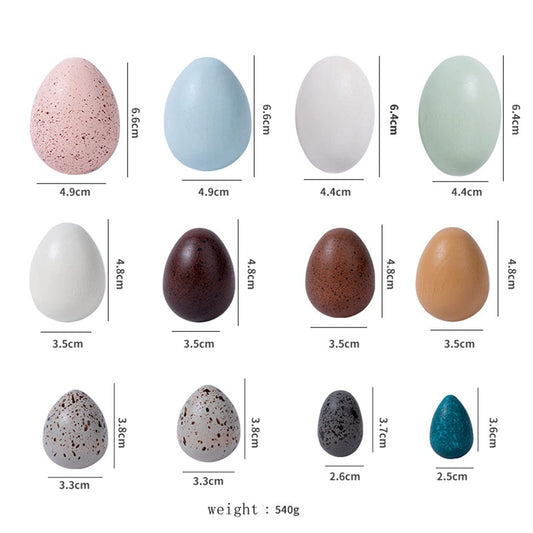
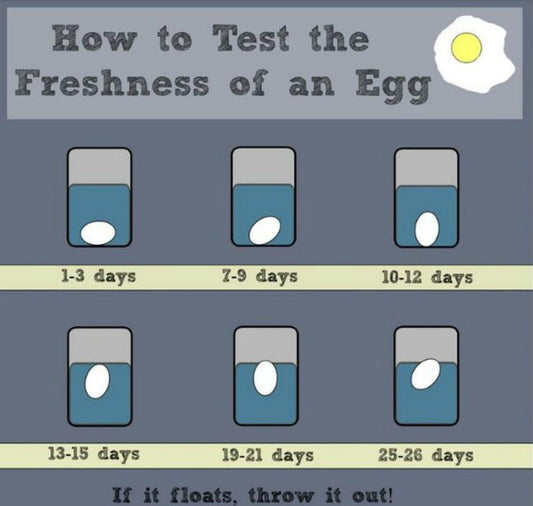
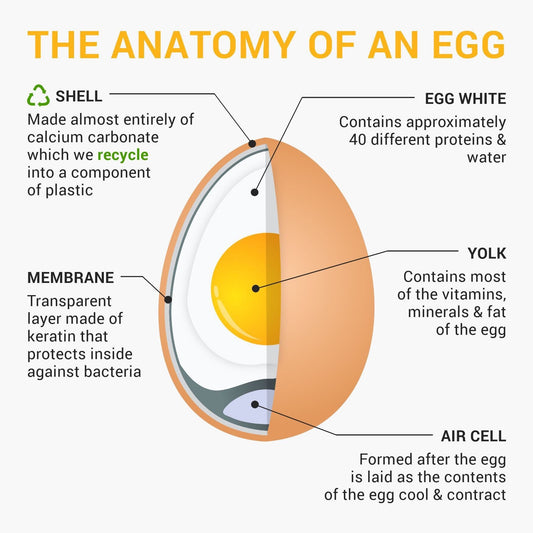



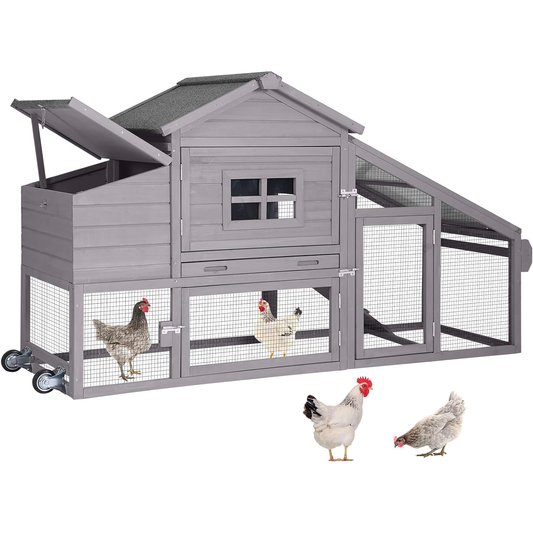



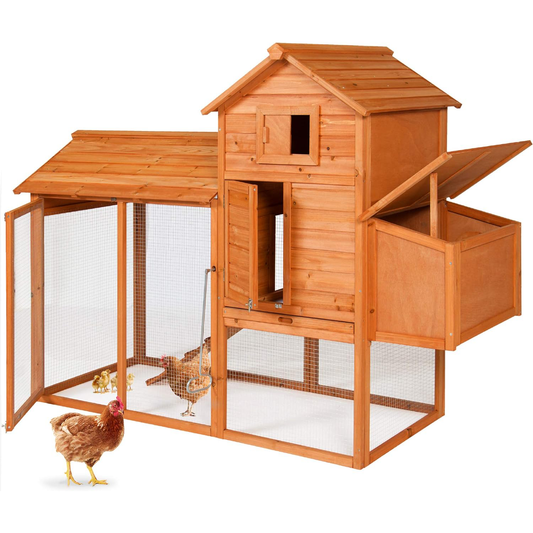





0 comments